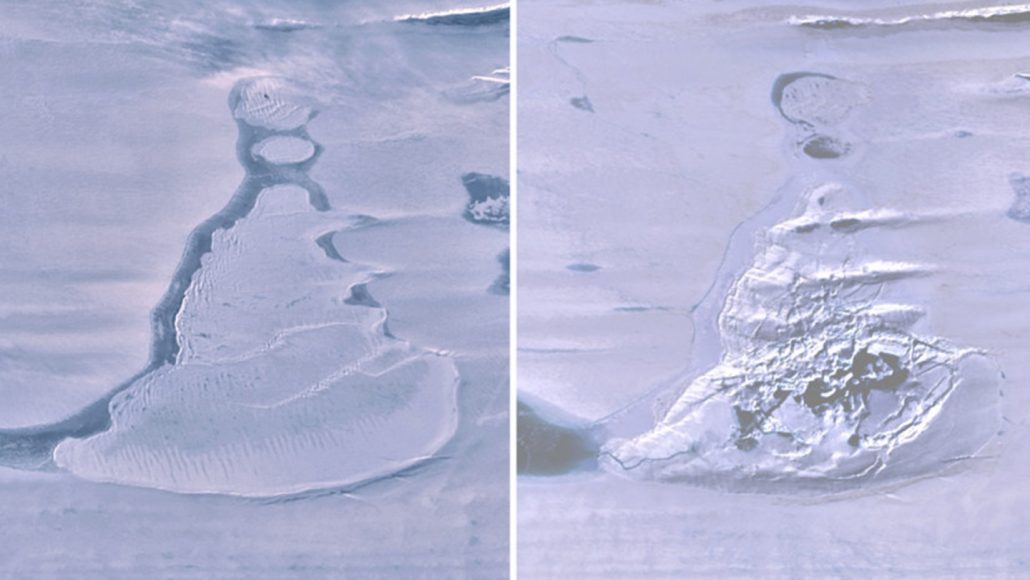
Satellites show how a huge lake in Antarctica vanished in days
On June 5, 2019, a huge ice-covered lake lay on the Amery Ice Shelf in eastern Antarctica. Within six days, all the water in the lake’s 600-750 million cubic meters was gone, leaving a deep hole filled with broken ice.
“The amount of water in the lake was twice that of San Diego Bay. We’re talking a lot of water,” says Helen Fricker, a glacial scientist at the Scripps Institution of Oceanography in La Jolla, California. Now, using satellite data to reconstruct the event, scientists have unraveled the mystery of the disappearing lake.
Perhaps the weight of all that water destroyed the ice shelves below. Glaciologists Roland Warner, Fricker, and colleagues later reported in a geophysical survey letter on June 23 that watercourses were formed in the ice and hastily drained like Niagara Falls.
Scientists found a sinkhole before they knew about the lake. “It was a coincidence,” says Flicker. Warner of the University of Tasmania in Hobart, Australia, was viewing satellite imagery of Antarctica in January 2020, tracking the path of smoke heading into the stratosphere due to a wildfire in Australia.
Warner saw an icy depression called the Drone, 11 square kilometers and about 80 meters deep. Examining the file, he, Flicker, and their colleagues pinpointed when the depression formed. Early satellite images revealed the lake had been there since at least 1973. Using laser altimeter satellite data, the team collected estimates of changes in surface elevation over time and estimates of how much water the lake once held.
It is unclear whether the lake’s disappearance is associated with climate change. Subglacial and Dorine lakes regularly occur on this ice shelf, says Flicker. But this is the first time scientists have evidence to stitch together how such an event happens.







